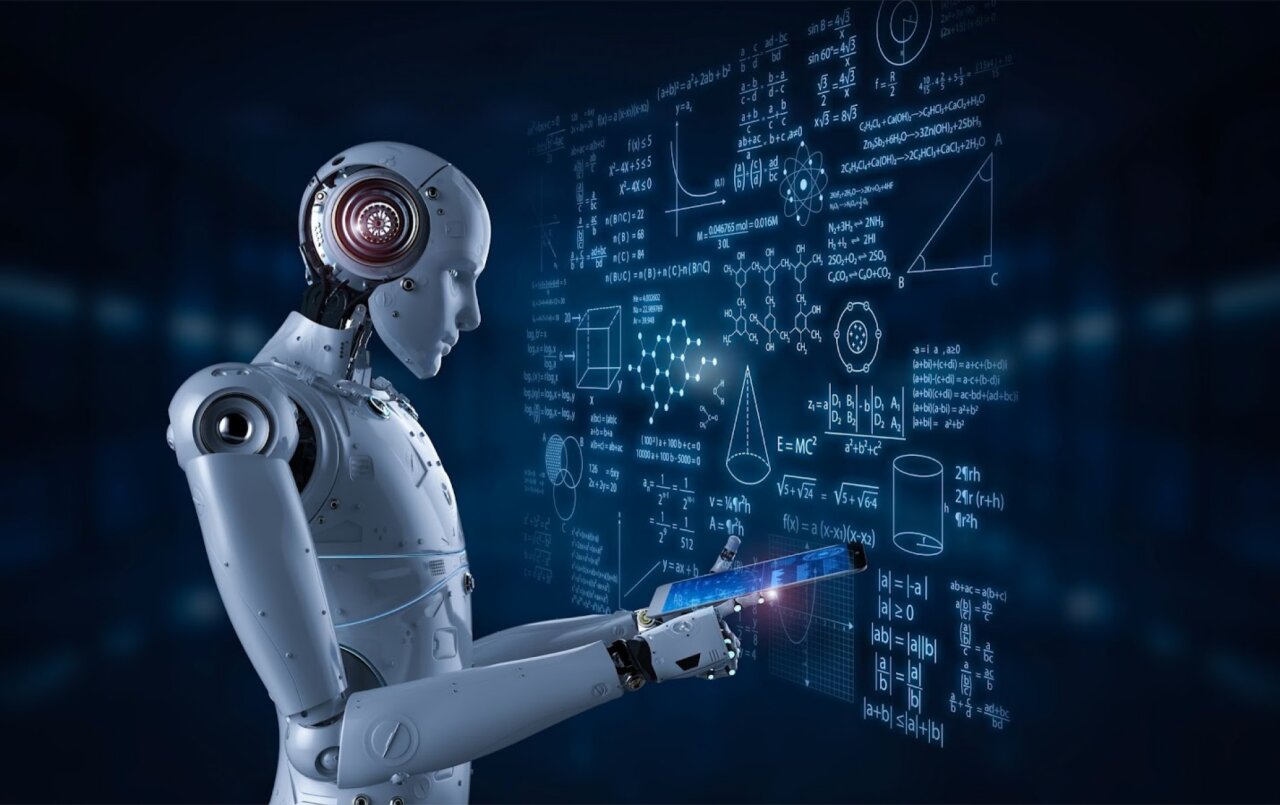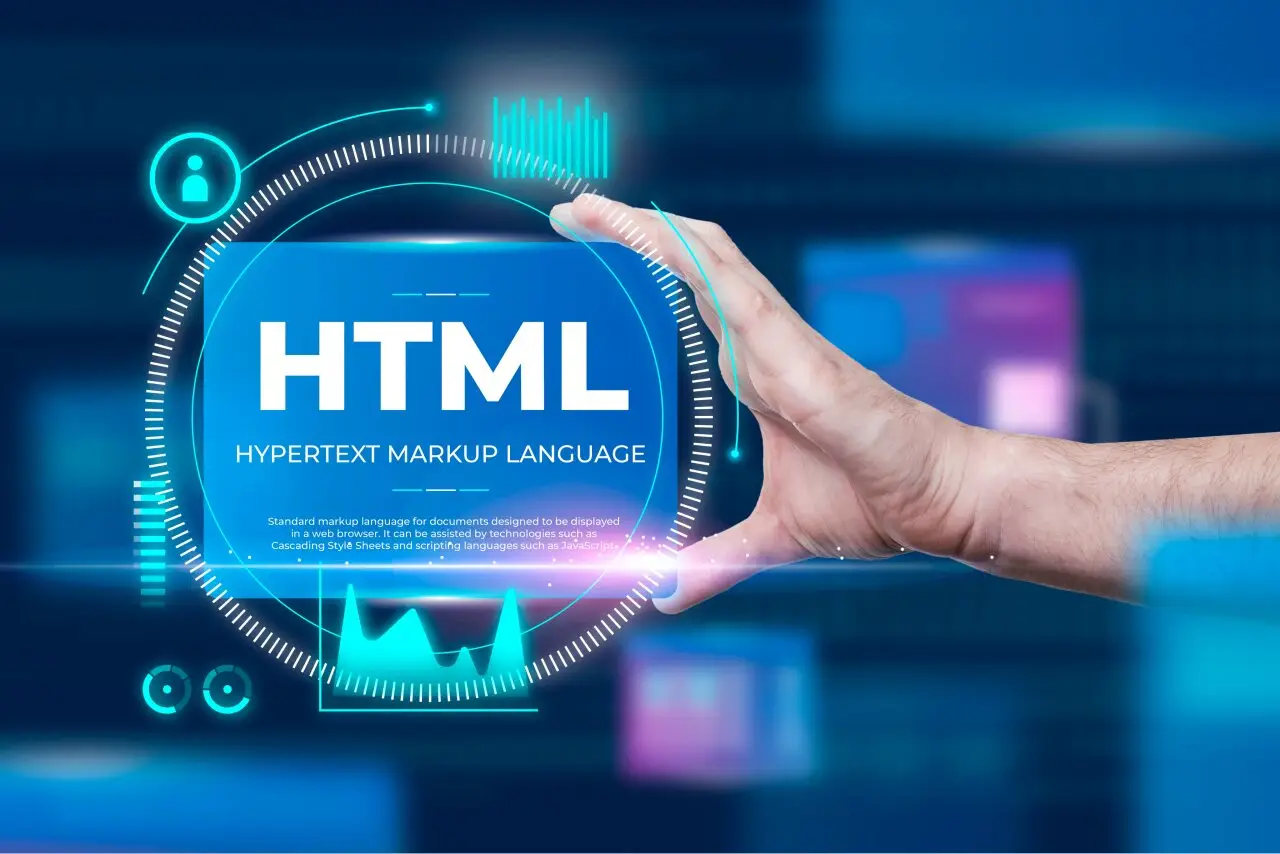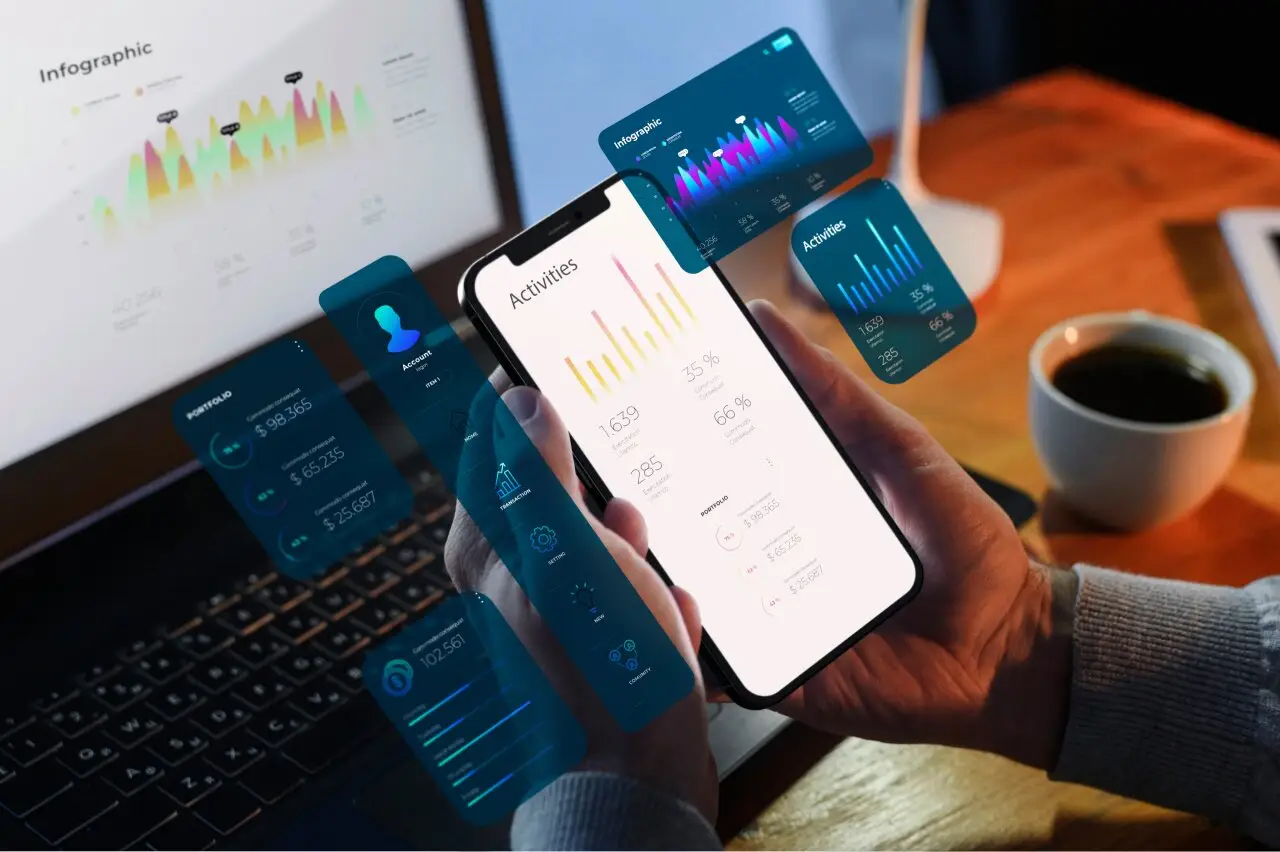Revolutionizing Web App Development: How Hudasoft Is Shaping the Future of Web App Development

Web mobile app development is a field that is always changing, offering both exciting prospects and difficult obstacles. As we navigate through this blog, we’ll discover how Hudasoft is implicating groundbreaking initiatives, technological advancements, and visionary approaches that redefine the landscape of web app development, setting a new standard for the industry. Before diving into this, let’s first take a look at what exactly this concept is.
Web app development involves creating applications accessible via web browsers and providing diverse functionalities like Google Docs – an online word processing app enabling collaborative editing, accessible across devices. It’s built using HTML, CSS, and JavaScript for the interface, while the backend manages user data and document storage on Google’s servers.
Another example is Trello, a project management tool accessible through browsers and mobile apps. Its web app version employs React.js for the front end, allowing a responsive and interactive user interface. The backend handles data storage, user authentication, and real-time updates using Node.js and MongoDB.
Netflix is a prime illustration of a web app employing complex functionalities. Its web interface utilizes a blend of technologies like HTML5, CSS3, and JavaScript frameworks for smooth video streaming. The backend employs a microservices architecture to manage user preferences, recommendations, and content delivery.
Stage 1: Ideation and Conceptualization
Entrepreneurs and businesses begin with a set of initial ideas for their web applications. These ideas gradually evolve into a more detailed concept document, outlining the application’s objectives, key features, target audience, industry focus, budget, vision, and plans.
The mobile app development team reviews this document and engages in discussions and questionnaires to gain a deeper understanding of the project’s goals and requirements. Once both parties have a clear vision, a proposal is prepared to outline what will be delivered.
Stage 2: Planning and Roadmapping
Building upon the insights gathered in the previous stage, the development team creates a roadmap for the project. This phase involves creating flowcharts, or sitemaps, to illustrate the relationships between different web pages and determine the overall structure of the application.
Depending on the complexity of the web app, this stage’s duration may vary. If developing a Minimum Viable Product (MVP), this stage typically takes around 2 weeks.
Stage 3: User Interface (UI) and User Experience (UX) Design
In Stage 3, the focus shifts to perfecting the design and interactive elements of the web application. Designers work on color schemes, graphics, icons, templates, style guides, and user experience aspects to create an appealing and user-friendly design.
Initial design mockups are shared with clients for review and feedback, and iterations continue until the client approves the design. Simultaneously, the development team starts working on the programming aspect.
Stage 4: Web Application Development
This step involves the actual programming of the web application, transforming the envisioned features into functional components. During this stage, frameworks are developed, APIs are deployed, features are implemented, security measures are added, and integrations with payment gateways are set up.
The duration of this stage varies based on the complexity of the application and the chosen technologies. It’s essential to have experienced web programmers on board for this phase.
Stage 5: Content Creation and Labeling
Although content creation and labeling represent a small portion of the development and design process, they are crucial for user understanding. The user experience and interface heavily depend on the skills of information architects and copywriters. This stage focuses on finalizing headlines, captions, labels, copy, and other text elements, ensuring they are appropriately placed within the application.
Collaboration between the designer, developer, copywriter, and information architect is essential for executing all text-related aspects effectively.
Stage 6: Testing and Launch
Testing is a critical phase in web application development. It involves thorough testing of core features, forms, links, buttons, upload functionality (if applicable), copy, transitions, and performance. Even after multiple rounds of testing, it’s advisable to launch the application initially as a beta version to identify and address any unforeseen issues.
Stage 7: Application Maintenance and Evolution
Every digital product, whether a simple website or a complex web application, requires ongoing maintenance and enhancement. Over time, you may want to introduce new features, perform product pivots, or release updated versions. Your development agreement should include provisions for application maintenance, post-launch support, and future upgrades.
Web app development also includes e-commerce platforms like Shopify, built with Ruby on Rails, allowing merchants to set up online stores easily. The front end uses HTML, CSS, and JavaScript to create a user-friendly shopping experience, while the back end manages inventory, transactions, and customer data.
These examples showcase the diverse applications and technologies involved in web app development, emphasizing its capability to deliver versatile, accessible, and feature-rich experiences across various industries and user needs.
Agile Methodologies at the Core
Web app development revolutionizes through a distinctive approach that integrates forward-thinking methodologies and advanced technologies. At its core lies an emphasis on agile methodologies, fostering adaptability, collaboration, and rapid iteration. This agile framework allows us to operate swiftly, catering to evolving client needs and market dynamics, ensuring a responsive and client-centric development process.
Technological Integration
In terms of commitment to extensively implementing tech stacks, they’re evident in every development phase, from utilizing advanced frameworks to integrating AI-driven and custom solutions, cloud architectures, and IoT implementations.
User-Centric Focus
However, what truly sets them apart is their unwavering focus on users. The user-centric approach fills the entire development lifecycle, emphasizing intuitive interfaces, accessibility enhancements, and easy interactions. By prioritizing user experience, we ensure that the applications resonate deeply with end-users, delivering functional, engaging, and satisfying experiences.
In essence, Hudasoft’s innovative trio—agile methodologies, technological prowess, and user-centric design website development—refines the benchmarks of Android app development, establishing the company as an innovator in the industry’s evolution.
The Core of Hudasoft’s Philosophy
If we talk about dedication to user-centric design, it stands as a cornerstone of its web app development philosophy. The commitment goes beyond creating functional interfaces; it revolves around crafting intuitive, immersive experiences that resonate with users at every interaction.
Emphasis on UX/UI Design
At the heart of this commitment is a relentless focus on UX/UI design principles. Hudasoft meticulously designs interfaces that prioritize user needs, preferences, and behaviors. By conducting extensive user research and employing design thinking methodologies, we ensure that their applications not only meet but exceed user expectations.
Elevating User Engagement
This emphasis on user-centricity significantly elevates user engagement. Intuitive navigation, clear layouts, and seamless interactions facilitate effortless user journeys, enhancing overall satisfaction. By integrating accessibility features, we guarantee inclusivity, catering to diverse user demographics and devices.
Ultimately, this approach sets a new industry standard for web app development. This dedication to elevating user experiences redefines the metrics of success beyond mere functionality. It underscores the pivotal role of user-centric design in fostering meaningful connections between users and applications, establishing Hudasoft as a leader in delivering not just software but exceptional user-centric experiences.
EdTech Revolution
Nevertheless, the visionary journey in web app development spans critical industries. It indicates a new era of innovation and efficiency in sectors essential to our modern world. In EdTech, Hudasoft has revolutionized e-learning platforms, crafting dynamic educational ecosystems that redefine traditional teaching methods. These platforms incorporate interactive tools and personalized modules, enhancing student engagement and academic outcomes.
Automotive Sector Transformation
Similarly, Hudasoft’s web applications are leading the way in digital transformation for the automotive sector as well. These solutions address a wide range of requirements, from streamlining supply chains and production procedures to improving consumer experiences through user-friendly interfaces for online shopping and automobile customization. In addition to being highly technologically sophisticated, the applications are engineered to lead the automotive industry toward a bright future where sustainability, automation, and connectivity all work together.
eCommerce Advancements
Likewise, Hudasoft’s innovative web applications are redefining the way consumers shop in the eCommerce space too. These apps take eCommerce to new levels by combining innovative features like personalized recommendation engines with a simple, safe checkout process. Similarly, the solutions are positioned as catalysts for the evolution of digital retail due to their emphasis on advanced functionalities and user experience.
The Fintech domain witnesses Hudasoft’s secure and user-friendly financial platforms, integrating AI-driven investment advisors and intuitive banking interfaces, transforming how users interact with financial services.
Sports Sector Enhancement
Likewise, the impact extends to the sports sector with interactive fan engagement apps, athlete management tools, and sports analytics platforms, enhancing spectator experiences and optimizing team performance analysis.
Influence in the Food Industry
Final Verdicts:
To sum up, Hudasoft’s pioneering web app development company is redefining industries, marking a path toward innovation and user-centric design. We are reshaping the future of iOS app development across diverse sectors. In EdTech, we enhance learning with dynamic educational tools. Automotive solutions streamline processes, integrating sustainability and personalized interfaces. eCommerce experiences a transformation through personalized retail platforms. Fintech witnesses intuitive financial solutions with AI-driven interfaces, while the sports industry is benefiting from enhancing and optimizing experiences.
FAQs:
Which language is best for web applications?
JavaScript is the king of web development, particularly on the front end. It’s a versatile and essential language for building interactive and dynamic web applications.
How many hours does it take to build a web app?
Research shows that the average time to develop a web app is around 18 weeks. This includes the time it takes to build, test, and launch the app. Of course, this is just an average. Some apps can be built in weeks, while others can take months or even years to develop.
Why are web apps good?
Some common benefits include the following: Multiple users can access the same version of an application. Users don’t need to install the app. Users can access the app through various platforms, such as a desktop, laptop, or mobile.












